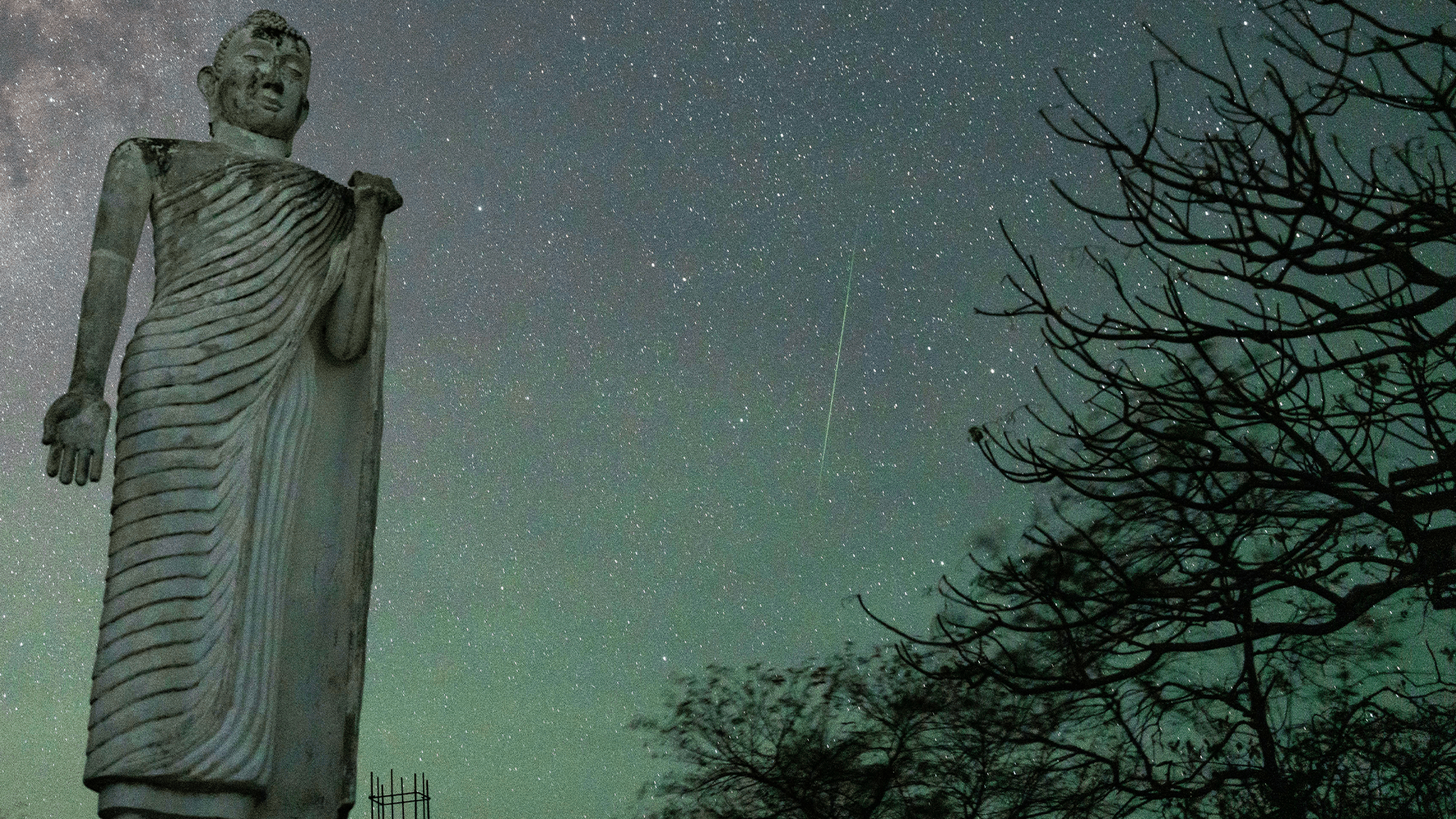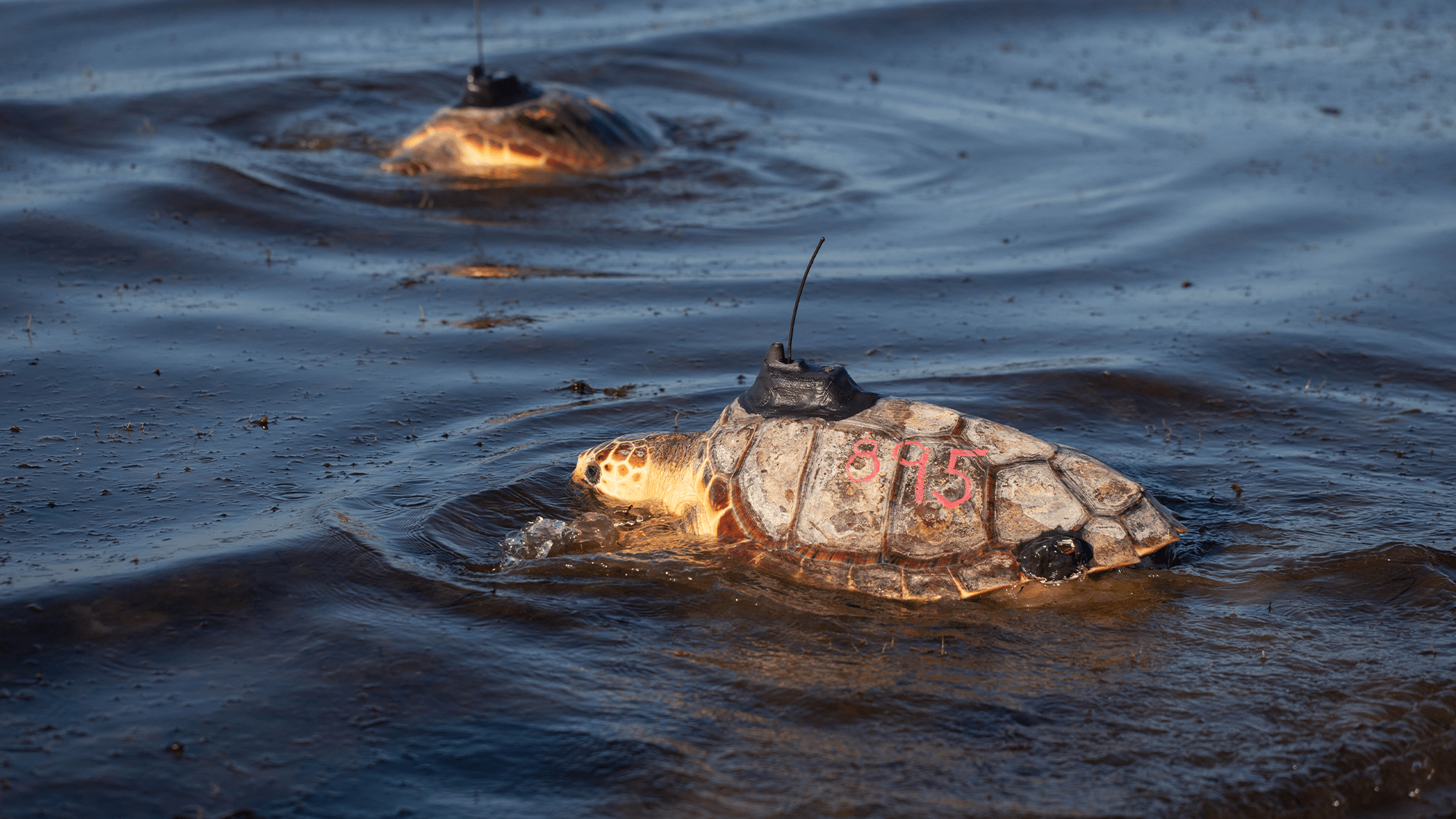
Get the Popular Science daily newsletter💡
Breakthroughs, discoveries, and DIY tips sent every weekday.
| July 10 | Full Buck Moon |
| July 15 | Second Lāhainā Noon of 2025 |
| July 20 and 21 | Crescent Moon vs Pleiades |
| July 30 | Peak of Delta Aquariids Meteor Shower |
July might feel like slim pickings for stargazers—after all, the month’s most interesting celestial phenomenon doesn’t even happen at night (or at all in most parts of the world)! However, patient nocturnal types will be rewarded twice over towards the end of this month As the old adage says: good things come to those who wait.
July 10: Full Buck Moon
July’s full moon is the Buck Moon, a name that comes from the fact that midsummer finds male deer’s antlers at their largest and most impressive for the year. If you didn’t already know, deer shed their antlers every year! It reaches peak illumination on July 10 at 4:30 p.m. EDT, so be sure to catch it once the sun sets and the moon rises.
Alternative names for July’s full moon include several horticulture-themed monikers: the Blueberry Moon and Raspberry Moon (both from Anishinaabemowin), the Corn in Tassel Moon (Cherokee) and the String Bean Moon (Ohyotsheli). To both the Tunica and Seneca, meanwhile, this month’s moon is the Little Sister of the Summer Moon, a reference to the fact that June’s moon is the Summer Moon proper.
July 15: Lāhainā Noon #2 for 2025
We discussed the phenomenon known in Hawai’i as Lāhainā Noon back in May. Lāhainā Noon takes place when the sun is directly overhead, resulting in a rather disconcerting lack of shadows. The phenomenon only occurs in the tropics, and only for two short periods a year.July 15 marks the arrival in Honolulu of the second and final Lāhainā Noon for 2025.
The time and date varies on exact location; as per Love Big Island, if you’re in Hawai’i, your shadow will disappear for a few minutes at the following times:
Honolulu (O‘ahu): 12:37 pm (July 15)
Kahului (Maui): 12:32 pm (July 17 and 18)
Līhuʻe (Kauai): 12:43 pm (July 11)
Hilo: 12:26 pm (July 23 and 24)
Kona: 12:30 pm (July 24)
Interestingly, this solar phenomenon was used in what may have been the first measurement of the Earth’s circumference. Back in the 3rd century BCE, Erastosthenes–Greek mathematician, polymath, and custodian of the famed library of Alexandria– learned that while Lāhaina Noon occurred in Syene, where the sun famously shone straight into the bottom of a well at high noon, it was not observed in Alexandria.
Erastosthenes realized that if he assumed the sun’s rays to be parallel, the lack of a shadow in Syene could be explained by the curvature of the Earth. He also realized that if he erected a pole of a known length in Alexandria and measured the length of the shadow it cast, he could construct a right triangle with the two short sides being the pole and the shadow. The resulting triangle would be similar to one where the two short sides were the earth’s radius and the distance between Syene and Alexandria. If he measured the opposite angle of the smaller triangle, he would know the same angle on the large triangle.
He measured an angle of about 7°, and concluded that the distance between Syene and Alexandria was about 1/50 (i.e. 7°/360°) of the Earth’s circumference. His resultant calculation put the Earth’s circumference at somewhere between 24,000 and 25,000 miles—remarkably close to the modern measurement of 24,901 miles.
July 20 and 21: The crescent moon vs the Pleiades
While very little of the moon is illuminated as it wanes to complete darkness, the rest of the disc is still very much there. The resulting light can create some unexpectedly lovely celestial phenomena of its own. A good example comes towards the end of this month, as the crescent moon passes directly over the Pleiades cluster. As per Earth Sky, this will result in the stars of the Pleiades appearing to vanish one by one—and then reappear as the moon passes by. To enjoy the show, look east an hour or so before dawn.
July 30: The Delta Aquariids reach their peak
Late July and early August will be a treat for meteorite aficionados. There’s the famous Perseids, which we’ll discuss next month, but the Delta Aquariids are up first. This meteor shower will begin on July 18, continuing throughout July and into early August. The Delta Aquariids originates with the comet 96P/Machholz, which gets perilously close to the sun at its closest approach, and has a chemical composition that’s pretty much unique amongst known comets. (Also: if you’re wondering how meteor showers relate to comets, we’ve got you covered.)
To observe the Delta Aquariids, look south to the bright star Fomalhaut.The meteorites’ “radiant point,”or point of origin, is right above this star. The shower is predicted to peak around 2 a.m. local time on July 30. That’s a lot of stargazing and fun cosmic knowledge for July. Whatever you’re setting your sights on, you’ll get the best experience if you get away from any sources of light pollution—and you make sure to check out our stargazing tips before you head off into the night.
Until next month!

More deals, reviews, and buying guides
The PopSci team has tested hundreds of products and spent thousands of hours trying to find the best gear and gadgets you can buy.
























